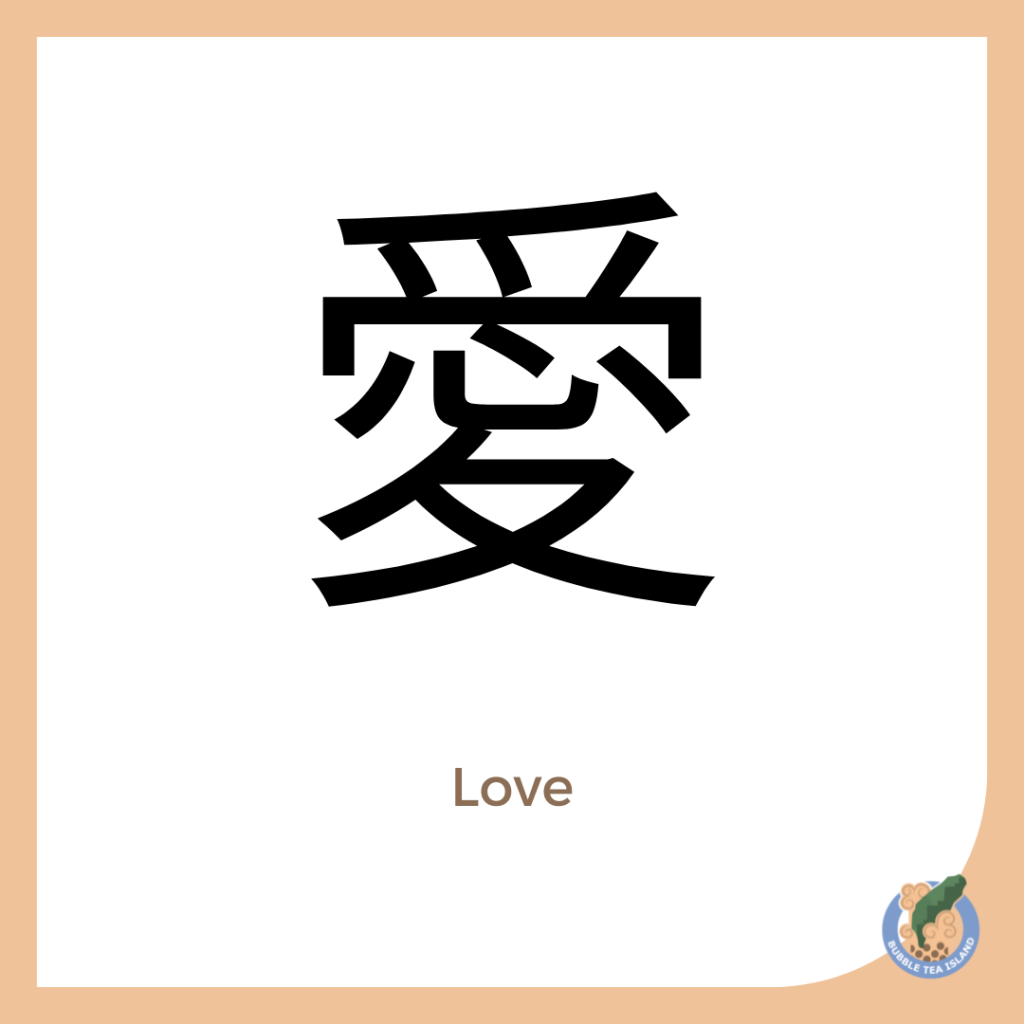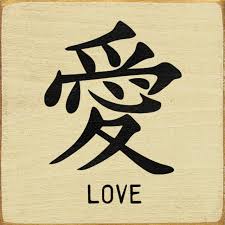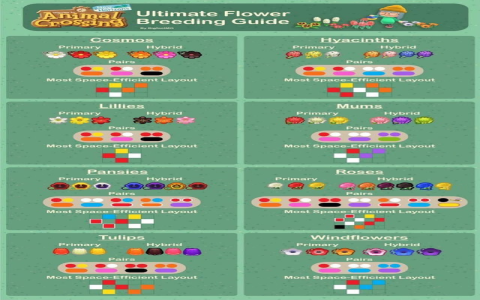Today, I wanted to try something new, so I decided to dive into the world of Chinese characters. I’ve always been fascinated by them, but never really tried to learn any. My goal for today was to learn how to write the Chinese sign for “love.”
First, I started with a simple search. I just typed in “Chinese sign for love” and saw a bunch of results. It looks cool, but there was so much stuff about Chinese horoscopes and things like Double Happiness. I did not quite understand those things yet. I just wanted to find the character and learn how to write it, simple as that.
After spending a good few minutes looking through different websites, I finally figured out that the Chinese character for love is 爱 (pinyin: ài). It looked complex at first, but I was determined to get it right. I grabbed a pen and a notebook and started practicing.

- I found some websites and images that showed how to write it step by step. First, you do a little swoop at the top, which is the 爫 radical. I found out that it’s called the “claw” radical.
- Next, there’s a short horizontal line with a dot underneath, which is the 冖 radical, meaning “cover.” I practiced that a few times to get the hang of it.
- Then, there was a longer horizontal line and a short vertical line below it. I messed this up a couple of times, but after a few tries, it started to look right.
- The last part was the most complicated – it involved a mix of horizontal, vertical, and diagonal strokes. This is the 夂 radical, which I learned is called the “winter” radical. It represents “walking slowly” or “following behind.” I practiced this part the most, trying to get the flow and balance of the strokes right.
Practicing the Strokes
I spent a good amount of time practicing the character again and again. At first, my attempts looked wobbly and uneven. But, with each try, I started to get a better feel for the strokes and how they flowed together. I must have written it at least fifty times, filling up pages of my notebook.
After a while, I felt confident enough to try writing it without looking at the guide. My first few attempts were still a bit shaky, but then it clicked. I wrote the character 爱, and it looked pretty good! I was so proud of myself for finally getting it right.
I also learned that the pronunciation of 爱 is “ài,” which sounds like “eye” but with a falling tone. I practiced saying it out loud a few times, trying to get the tone right. It felt good to not only write the character but also to say it correctly.
In the end, it felt great to achieve my goal. I learned how to write and pronounce the Chinese sign for love. It was a fun and rewarding experience, and it makes me want to learn more Chinese characters in the future. Maybe I’ll even try to learn a few simple phrases next time.


